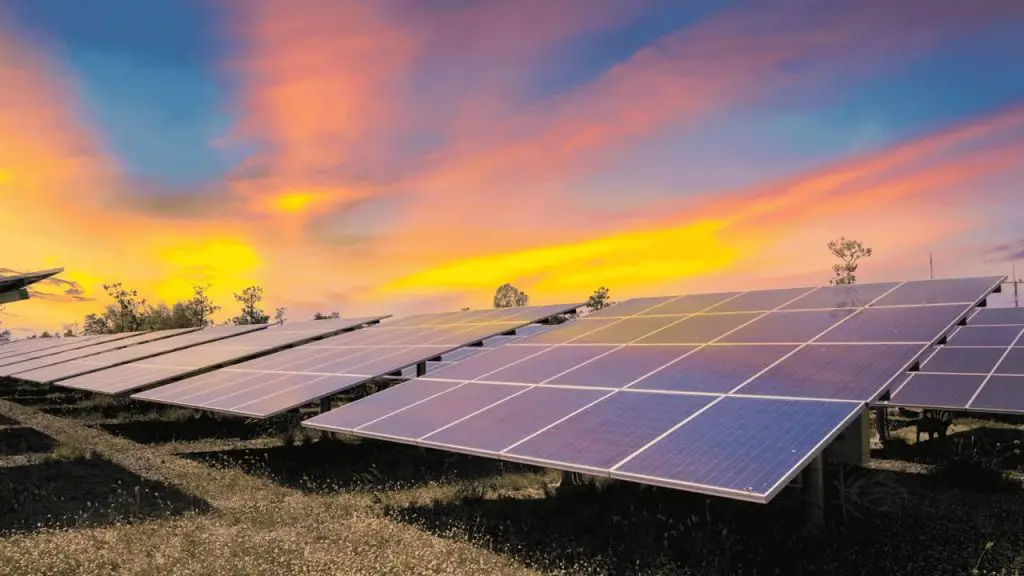As an Amazon Associate, I earn from qualifying purchases.
Have you thought about switching to solar energy but are unsure how it will work?
With more and more people looking for renewable sources of energy, testing a solar panel can be an effective way to save money and use it as clean energy in your home or business.
In this blog post, we’ll discuss the different steps that are necessary how to test solar panels so you know exactly what make and model works best for your environment.
We’ll go over choosing the right type of panels, setting up the system correctly, and testing it properly. By following our guidelines in this blog post, you’ll be well on your way toward embracing clean solar energy!
How To Test Solar Panel?
Testing solar panels can be an essential step toward understanding their efficiency and evaluating the performance of a given installation.
There are several tests that can be performed depending on the type and size of the solar panel set-up in question.
Visual location inspection to observe any physical damage or active electrical testing to verify continuity, voltage, and current levels are essential tests that can provide useful data.
Ensuring ground connections are secure and looking for open or corroded wiring contacts should also be conducted as part of the inspection.
An alternative to physical tests is monitoring production output over time to determine output levels in different weather conditions and analyze system performance trends.
By doing this, solar panel owners can make well-informed decisions about how best to maximize their energy generation potential.

How To Test Solar Panels?
Testing solar panels is an important process that ensures you are getting the most out of your renewable energy investment.
To start, it’s vital to check on the existing condition of the panels and make sure all connections are secured.
After that, cleaning the panel may be necessary; due to exposure to the environment, dirt and debris can accumulate over time and block the sun from reaching the full surface.
Then you’ll want to measure voltage output with a voltmeter or multimeter—ideally, this should be done midday when the sun is strongest.
It’s best to record values and then use them as baseline data for future comparisons — that can help you identify any underlying issues before they get worse.
Finally, regularly observe your solar system layout to look for any indications of malfunctioning components or other irregularities that can in turn cause decreased efficiency.
Taking these steps will ensure your solar panels are working at their optimal level!
Why Test A Solar Panel?
Here is why you should test s solar panel:
To Ensure Proper Installation
It is important to test a solar panel after installation to make sure it has been properly installed and is functioning as expected.
This will help you avoid any future issues and save you time, money, and effort when dealing with the issue.
To Check Efficiency
Solar panels can become less efficient over time, so it is important to check their efficiency periodically.
Testing allows you to identify any losses in power output and make necessary adjustments or repairs to maintain optimal performance.
To Identify Any Problems
Solar panel testing can help you identify any potential problems with the system before they become more serious.
This is especially important when dealing with larger systems that require more maintenance.
To Keep Costs Low
By regularly testing your solar panel system, you can help ensure it is operating at maximum efficiency, which in turn will help keep costs low for electricity.
This can save you money in the long run as well as provide a reliable power source.
To Monitor Performance
Solar panel testing can provide valuable insights into the performance of your system.
This information can be used to make informed decisions about how best to maintain and improve its efficiency.
Overall, solar panel testing is an important component of managing a successful solar energy system.
It helps you ensure proper installation, checks efficiency, identifies problems, keeps costs low, and monitors performance.
By testing your solar panel system regularly, you can rest assured that it is functioning properly and providing you with clean, renewable energy.
Can I Test A Solar Panel Without Sunlight?
Testing solar panels without the sun might seem impossible, but it is actually possible to gain a realistic idea of how a panel will perform in the sun with some creative techniques.
While sunlight is obviously the best option for seeing how much energy a solar panel can produce, you can use other methods to simulate sunlight and measure your panel’s performance.
For instance, using an indoor light source such as LED bulbs or halogen lamps can approximate natural lighting.
Testing without actual sunlight also allows you to control variables in order to get more accurate results better.
You could also measure maximum power output and assess the efficiency of various cells without direct sunshine, whether you’re testing at night or in a laboratory under artificial lighting.
In conclusion, while testing with sunshine is always the most accurate and reliable, you really can get pretty close to real-life results using less intensive methods.
Conclusion
Solar panels are a great way to save money on your energy bill, and they’re easy to test yourself.
With just a few tools and some simple instructions, you can test your solar panel’s output and make sure it’s working properly.
Testing your solar panel is a quick and easy way to improve your home’s energy efficiency, so why not give it a try?
Latest Posts:


